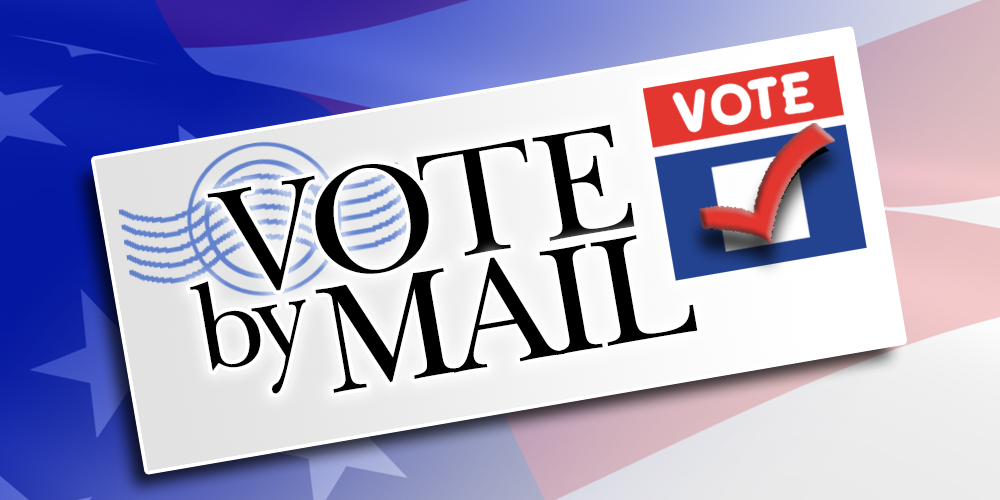Counties are taking the problem seriously, which is a good start.
The statewide rejection rate [for mail ballots] was more than 12 percent in the primary — six times what it was in the last midterm year in 2018. By the primary runoffs, the rate was down to less than 4 percent rejected, according to data from the secretary of state’s office.
Ahead of the November general elections, a number of elections officials say they have found a simple fix — a brightly colored insert that arrives with mail ballots, explaining the new requirements and showing the easily forgotten space under the flap of the return envelope where the voter’s ID number needs to be printed.
[Bexar County Election Administrator Jacqui] Callanen said the insert is small enough and positioned in such a way that it will likely fall to the floor when voters open the mail ballot packet, so they can’t miss it. She said her office used the inserts in May primary runoff elections and saw immediate results.
“We had under a 1 percent reject rate,” Callanen said. “We were back to where we belonged, which was a dance of joy.”
Other large counties saw similar success with including physical reminders in ballot materials. Those counties may hold the answer for still-struggling counties like Harris to improve their own rates.
Harris County did not include a notice with May primary runoff ballots and reported a rejection rate of 7.7 percent in the Republican primary and 5.9 percent in the Democratic primary. Overall, out of 34,124 ballots cast; 2,294 were rejected.
While those rates were down from the sky-high 20 percent and 18 percent rates in the Republican and Democratic primaries respectively, they were still far higher than the county’s less than 0.3 percent rejection rate in the last midterm primary in 2018, when just 135 ballots were tossed.
[…]
Sam Taylor, a spokesman for the secretary of state, said the inserts “appeared to make a difference.” Taylor said elections officials across the state learned about the inserts and other best practices during an election law seminar the agency held at the beginning of this month.
Following the success of inserts in other parts of the state, Harris County election officials said this week they are including a new insert about voter ID requirements with their mail ballot applications, and adding voter ID information to an existing insert with mail ballots, for November’s general election.
In addition to an insert, Harris County interim elections administrator Beth Stevens said the county will redesign its mail ballot envelope, highlighting the space for the voter’s ID with a red box, in the same way the space for the signature is highlighted.
They will also educate voters through paid advertising and in-person community meetings and will put more resources into identifying ballots that need corrections, she said.
“We have increased our vote-by-mail team’s staffing level to account for the new requirements of SB1,” Stevens said, “which includes additional folks to answer phones, to answer voters’ questions, as well as people to handle vote-by-mail cures, either done online or in person.”
You know me and mail ballot rejections. We’ve talked about the design of the ballot and the envelope as a way of giving voters a hand in ensuring they fill in all the right data, and I’ve singled out Bexar County for being ahead of the curve. I’m more than happy to see Harris County start to catch up in this department. I’m reasonably optimistic that counties have taken adequate steps to really mitigate this issue.
I also want to point out that in a world where we absolutely had to have these new requirements, it would have been far better for there to have been a seminar like the one Sam Taylor from the SOS office describes well before the first election subject to those requirements, not four months after the first one and with two others in between. The Legislature gets the lion’s share of the blame for that – they simply didn’t care about the negative effects of the new law – but the SOS deserves some criticism for not pushing back hard enough. There’s nothing we can do now about the ballots that got rejected for no good reason. I just hope we’ve learned enough from this painful experience to minimize those losses going forward.


According to a new paper in PLOS ONE we have a much bigger problem that the rejected ballots, which is young people, minorities and Democrats not voting at all. The paper is Open Access. The map figure showing the counties where these undervotes occur shows the outline of Texas. You can see the Red River clearly as Oklahoma somehow does not have these counties. Looks real bad for Gilberto Hinojosa but there is a huge opportunity here.
Paper: https://journals.plos.org/plosone/article?id=10.1371/journal.pone.0268134
News Story: https://phys.org/news/2022-08-million-voting-persistent-gaps-voter.html